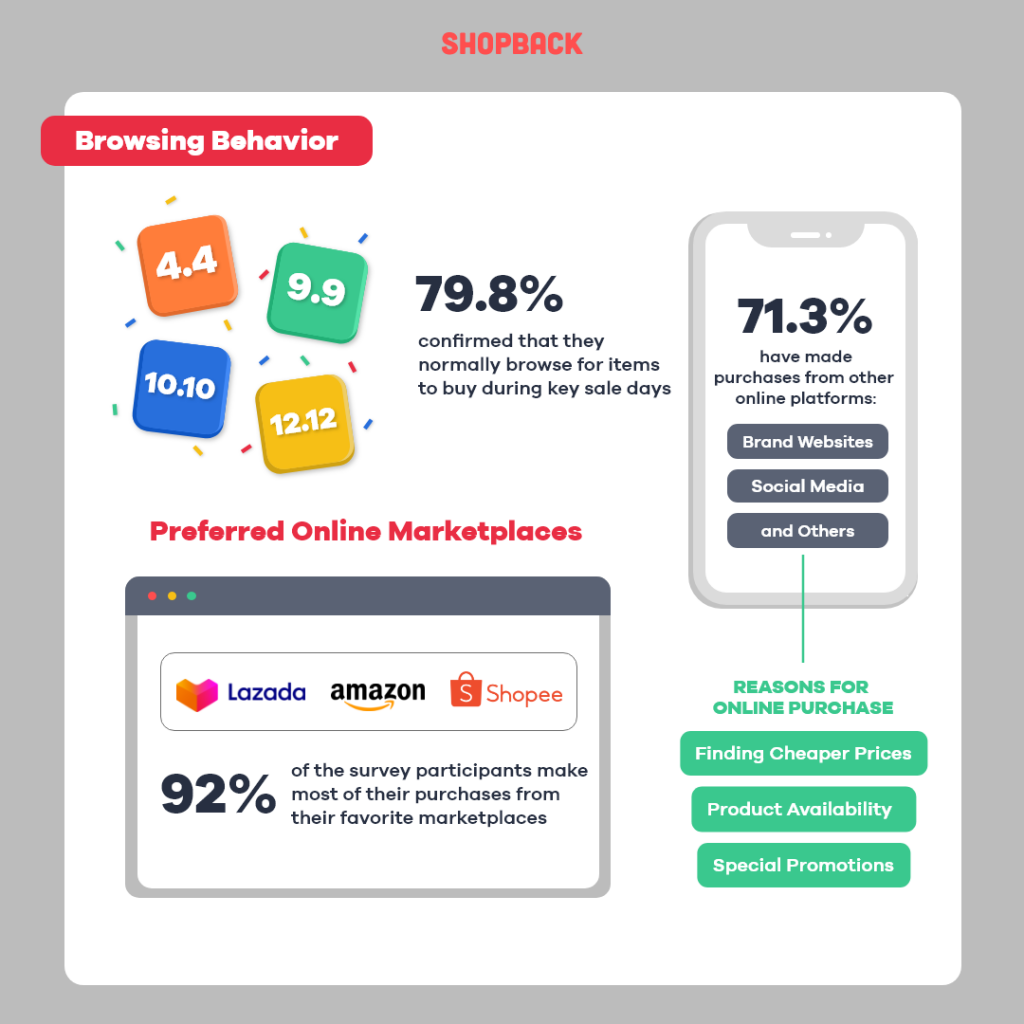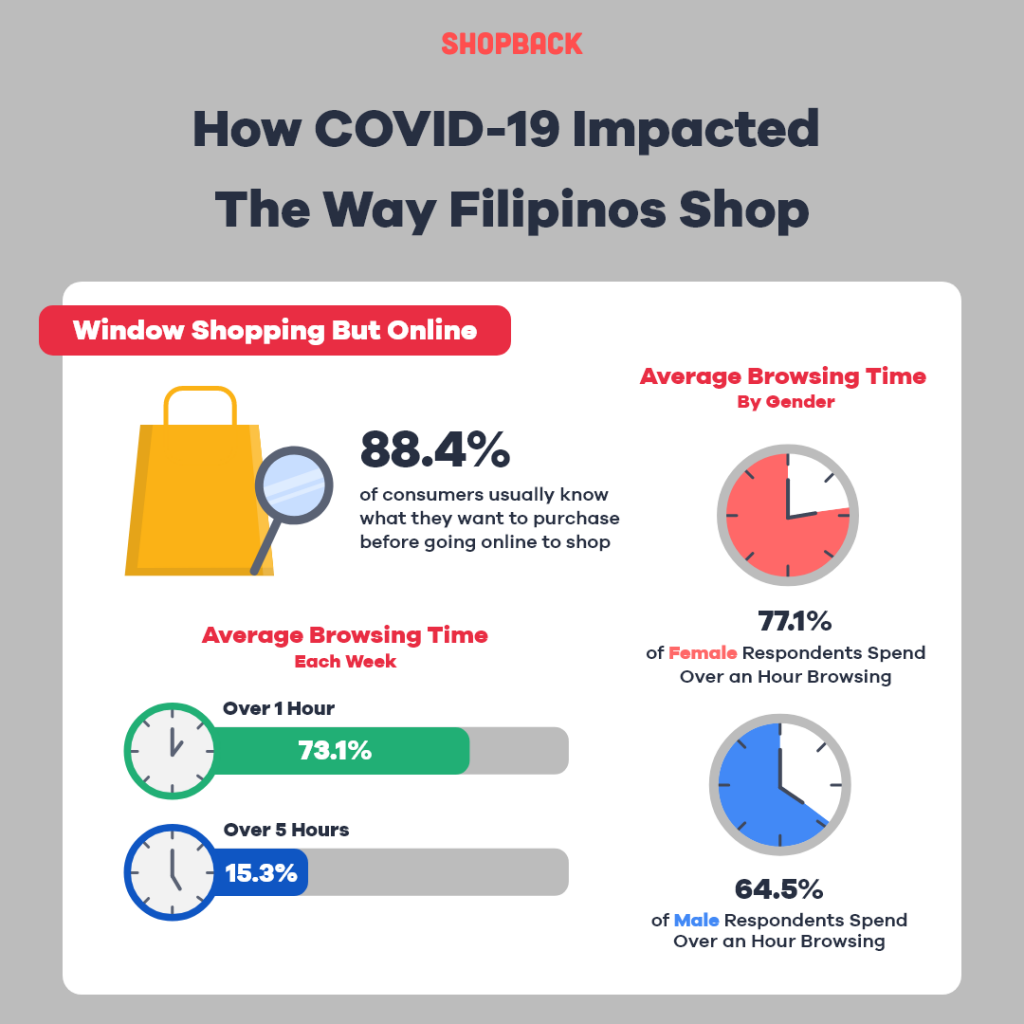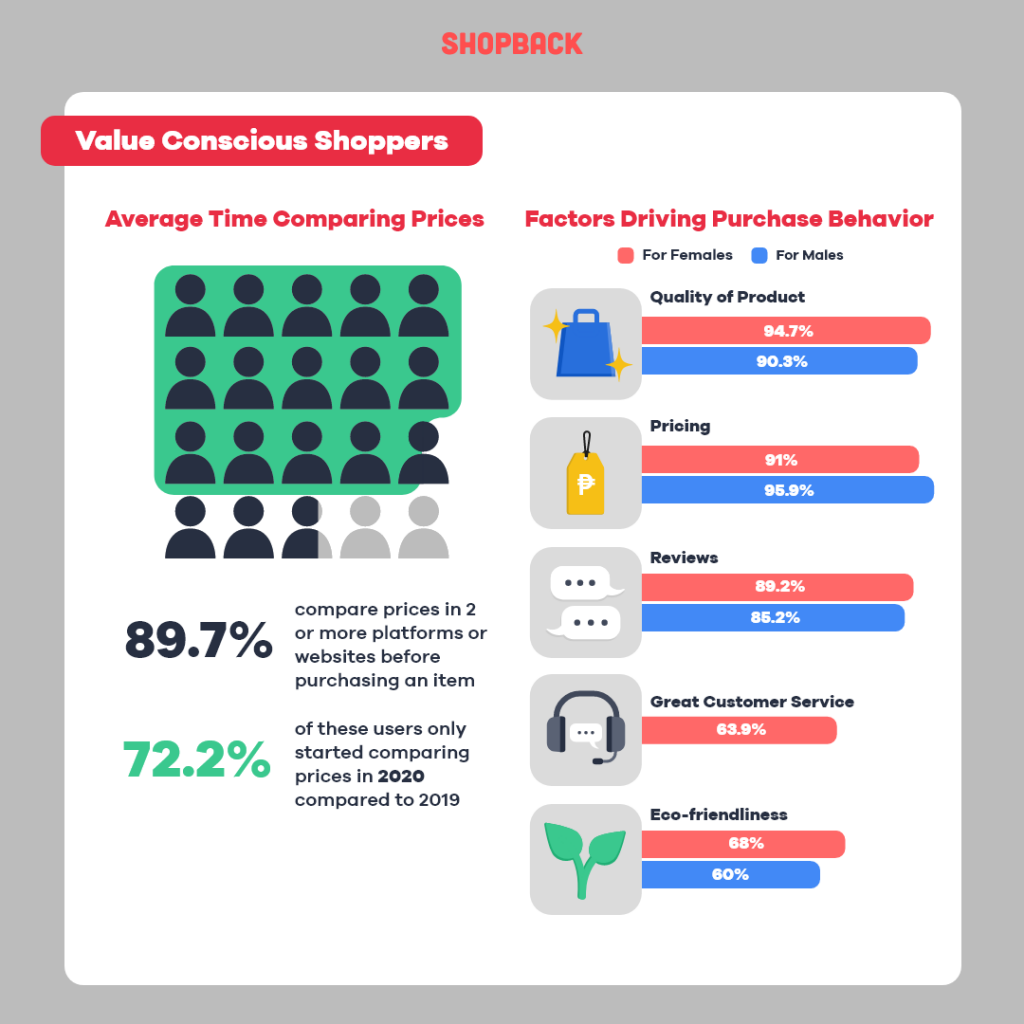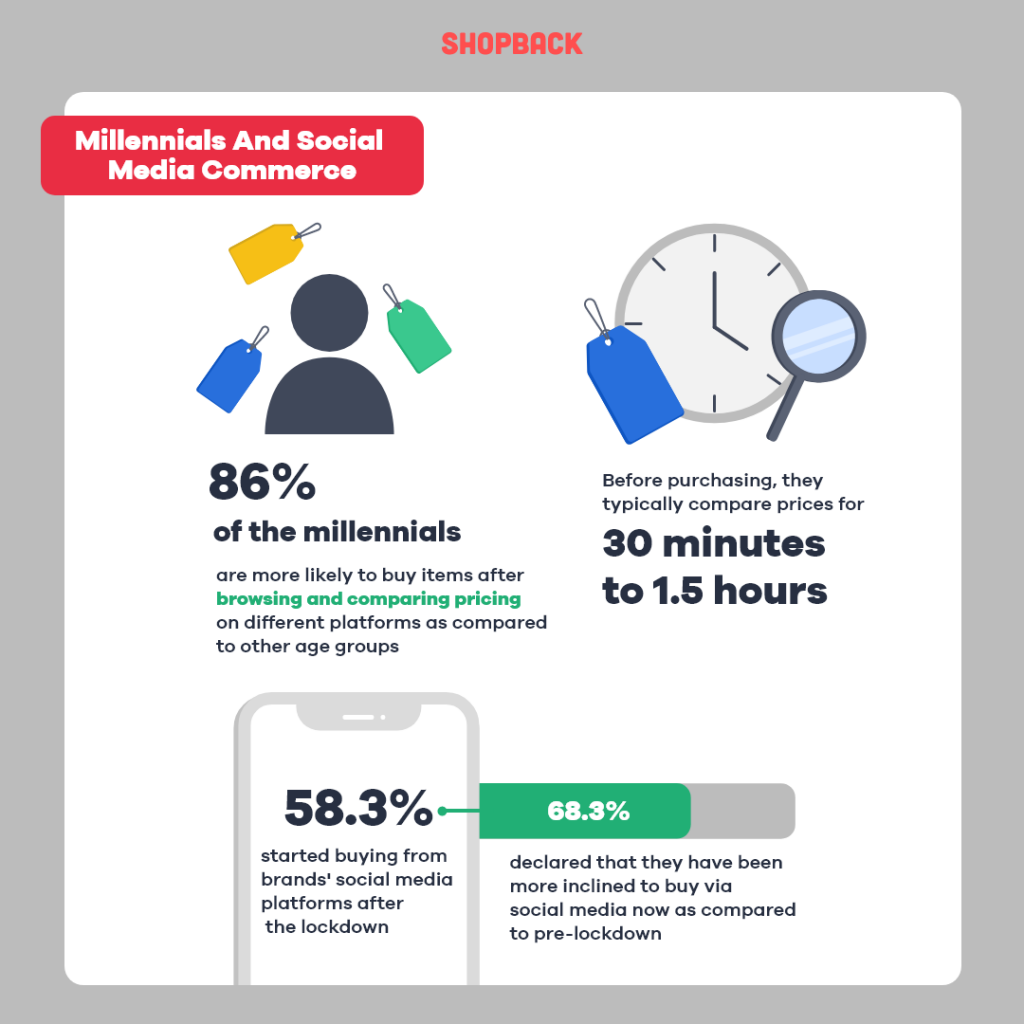
After a year of being compelled to try online shopping by the pandemic, Filipinos have completely embraced e-commerce, and their online buying behavior is changing. ShopBack, APAC’s leading pre-shopping portal, discovered this as one of its major findings.
According to We Social and Hootsuite’s April 2020 Digital Statshot survey, 64 percent of Filipino internet users said they spend more time on social media, while 23 percent said they spend more time shopping online. Digital payments have a tremendous potential for increased market adoption as e-commerce acceptance grows.
According to ShopBack, the number of customers purchasing retail and basic products online has increased significantly. Filipino online shoppers, the brand commissioned a survey, which revealed that as the country continues to manage through the global pandemic, customers have established more value-conscious shopping habits as e-commerce and the acceleration to go digital has grown.
Window Shopping…But Online

Evidently, today’s online consumers are active browsers who spend time to get the best deals. The survey revealed that 88.4% of consumers usually know what they want to purchase before going online to shop. Even then, the majority seem to still enjoy browsing on e-commerce websites and marketplaces, as 73.8% of respondents spend an average of over an hour browsing each week, while 15.3% of respondents spend more than 5 hours a week browsing different products.
Interestingly, women appear to spend more time browsing when online shopping, with 77.1% clocking in more than an hour, compared to 64% of men.
Furthermore, major sales have an impact on browsing behavior. The study found that 79.8% of respondents tend to spend more time browsing online during major sales days such as the recently concluded 4.4, 9.9, 10.10, 11.11, and 12.12.
Consumers tend to stick to their usual shopping platform, but are platform-agnostic when lower prices or specific products come into play. Around 92% of respondents indicated that they make most of their online purchases on marketplaces such as Shopee, Lazada, Amazon, etc – the top reasons for this are that products are cheaper, convenient payment methods, and user-friendly platforms. Another 71.3% have made purchases from other online websites, such as directly from brand.coms, last year, for reasons such as finding better discounts, wider product selection, and exclusive brand promotions.
Since more and more Filipinos become savvy e-commerce consumers, they are also becoming more value-conscious, but not at the expense of product quality. In fact, 89.7% of respondents compare prices of an item across different websites and marketplaces prior to making a purchase.
More Value-conscious Shoppers

The survey also found that 72.3% of the consumers spend more time comparing prices now, compared to last year. On average, shoppers spend around 50 minutes comparing prices, with 14% indicating that they take more than 90 minutes choosing in between products and website platforms.
Interestingly, the main factors that influence purchase behavior vary between females and males. For women, the main factors that drive purchase behaviour are the quality of the product (94.7%), pricing (91%), and good reviews (89.2%). Notably, good customer service is also important to Filipino women, with 63.9% listing it as a key factor that influences their purchase decision.
In contrast, for men, the main factors that drive purchase behaviour are pricing (95.9%), the quality of the product (90.3%), and good reviews (85.2%).
Millennials and Social Media Commerce

Based on the findings, e-commerce will continue to thrive in the Philippines, with millennials as the biggestmarket. 86% of theyounger respondentsspend the most time researching and looking at different options before deciding on the best product available for them as compared to the older age groups.
Participants were also split when asked if they bought products directly from a brand’s social media platform, with 58.3% indicating they have done so, with the remaining saying they have not yet bought from a social media platform. Among the participants who tried purchasing via the brand’s social media platform, 68.3% declared that they have been more inclined to buy via social media now as compared to pre-lockdown.
“The survey findings have shown us how e-commerce acceptance has grown tremendously over the past year. With Filipino shoppers discovering the conveniences and benefits of online shopping, we expect continuous growth in the Philippines, and along with it, the rise of digital payment solutions. All these will, no doubt, enhance and steadily upgrade Filipinos’ online shopping experience,” concluded Prashant Kala, Country Manager of ShopBack Philippines.

No Comments